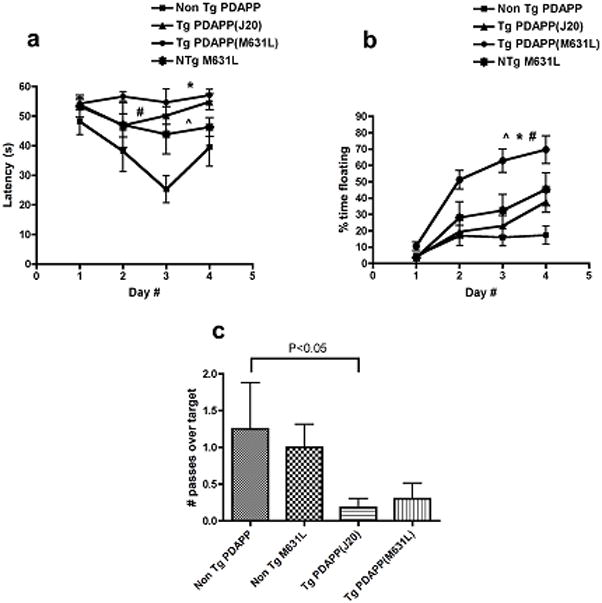Figure 5. Effect of the M631L mutation on behavior as assessed with the Morris water maze in PDAPP mice.

(a) Spatial training. Mean latencies to reach a hidden platform were significantly different for the Tg PDAPP, the Tg PDAPP(M631L) and the Non Tg PDAPP(M631L) groups with respect to Non Tg PDAPP littermates (#P<0.01, *P<0.01 and ^P<0.05, respectively, as a result of Bonferroni’s post test applied to a significant effect of genotype F(3,78)=7.05, P=0.0013, repeated measures two-way ANOVA). (b) Floating. Percent time spent floating increased significantly as a function of day number during training (F(3,78)=40.14, P<0.0001, two-way ANOVA). Tg PDAPP(M631L) mice spent a significantly larger percent of trial time floating than all other groups (*P<0.001, #P<0.01 and ^P<0.001 with respect to Non Tg PDAPP, Non Tg PDAPP(M631L) and Tg PDAPP respectively, Bonferroni’s post test applied to a significant effect of genotype F(3,78)=9.22, P=0.0003, repeated measures two-way ANOVA). “Floaters” were excluded from all other analyses. (c) Probe trial. Retention of the former platform site was impaired in Tg PDAPP mice with respect to the non-Tg group (*P<0.05 as a result of Dunnet’s multiple comparison test applied to a significant effect of genotype (P=0.03) in one-way ANOVA). No significant difference was observed for the comparison between Tg PDAPP and Tg PDAPP(M631L) (p=0.63). Data are means ± SEM.
